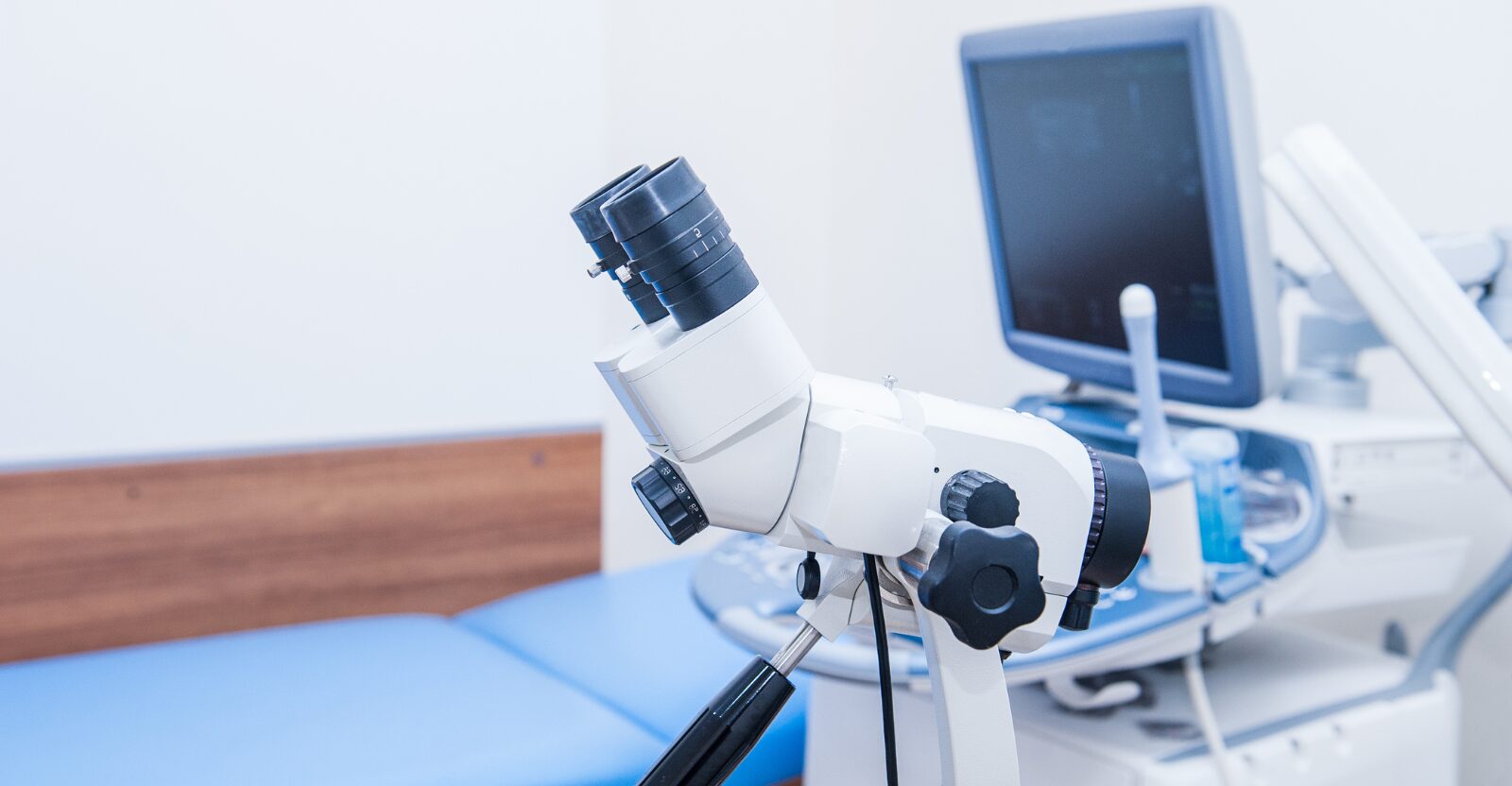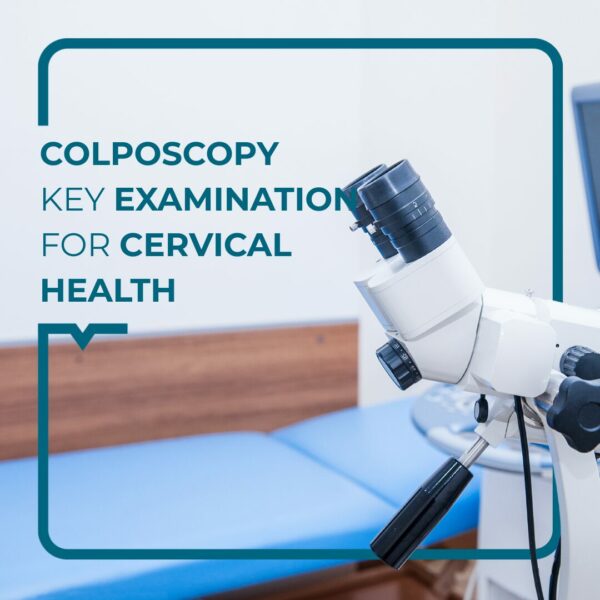Sofia has just received the results of her cervical screening. She never imagined that a simple routine test could reveal an abnormality suggesting a high-grade lesion. The fear that such a change, often invisible to the naked eye, could one day develop into cervical cancer drives her to seek information quickly.
But what exactly is a colposcopy, this examination often recommended after abnormal results? And why is it so essential for early detection?
Hello, Dr Joy here!
In this article, we’ll explain what a colposcopy is, when it is performed, and how it helps monitor and identify cervical lesions.
I – Definition and purpose of colposcopy
Colposcopy is a targeted examination of the cervix. To perform it, the clinician uses a binocular microscope, somewhat like large binoculars. This device provides strong magnification and bright illumination of the cervix.
The main goal of colposcopy is to detect lesions that are usually invisible to the naked eye. If left untreated, these lesions could potentially develop into cervical cancer.
II – How the examination is performed
Although the examination itself is painless, a speculum (a vaginal device that gently opens the walls) is inserted beforehand to properly expose the cervix.
Once the cervix is visible, the doctor applies two solutions—often called “stains”, that are essential for observing and identifying potential pre-cancerous lesions:
- Acetic acid solution: A type of “vinegar” used to make suspicious areas turn white.
- Lugol’s iodine solution: Helps to visualise and define the boundaries of abnormal areas.
These products are not painful or allergenic, though some patients may feel mild, temporary tingling when they are applied.
III – Biopsies: sampling and analysis
If the clinician observes suspicious areas during the exam (for example, abnormal white patches near the cervical opening), they may decide to take one or more biopsies. A biopsy involves collecting small fragments of tissue (the mucosa covering the cervix) from the most suspicious areas.
Biopsies are generally not painful but may cause slight bleeding for a few hours. It’s therefore advisable to use a sanitary pad after the appointment.
The tissue samples are placed in a vial containing formalin to preserve them, and then sent to a histopathology laboratory for analysis. Results are typically available within 7 to 10 days, after which a follow-up consultation may be scheduled to explain the findings and discuss possible treatment options.
IV – When is colposcopy indicated?
Colposcopy is a targeted procedure performed in specific situations, such as:
- Abnormal smear suggesting:
- High-grade or low-grade lesions.
- ASCUS or AGC results with a positive HPV test for high-risk (potentially oncogenic) viruses.
- Persistent HPV infection (ongoing positive HPV test).
- Cervix appearing abnormal or suspicious on examination.
- Vulval changes suggestive of HPV infection.
- For post-treatment monitoring, to ensure no residual or recurrent lesions remain.
Colposcopy also allows for the examination of other genital areas such as the vagina, vulva, anus, or perineum.
At Alegria Medical Centre, we aim to provide comprehensive care for women. By including colposcopy in our services, we can support each patient through every stage of the process, on site, ensuring faster and more reassuring care.
Beijinhos,
Dr Joy



